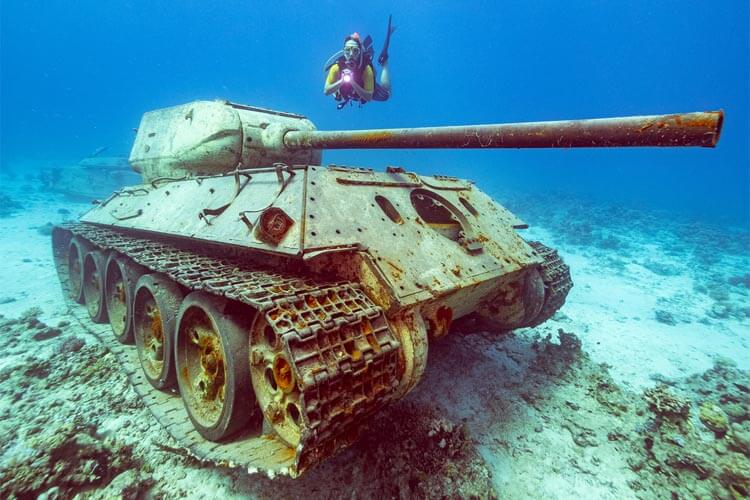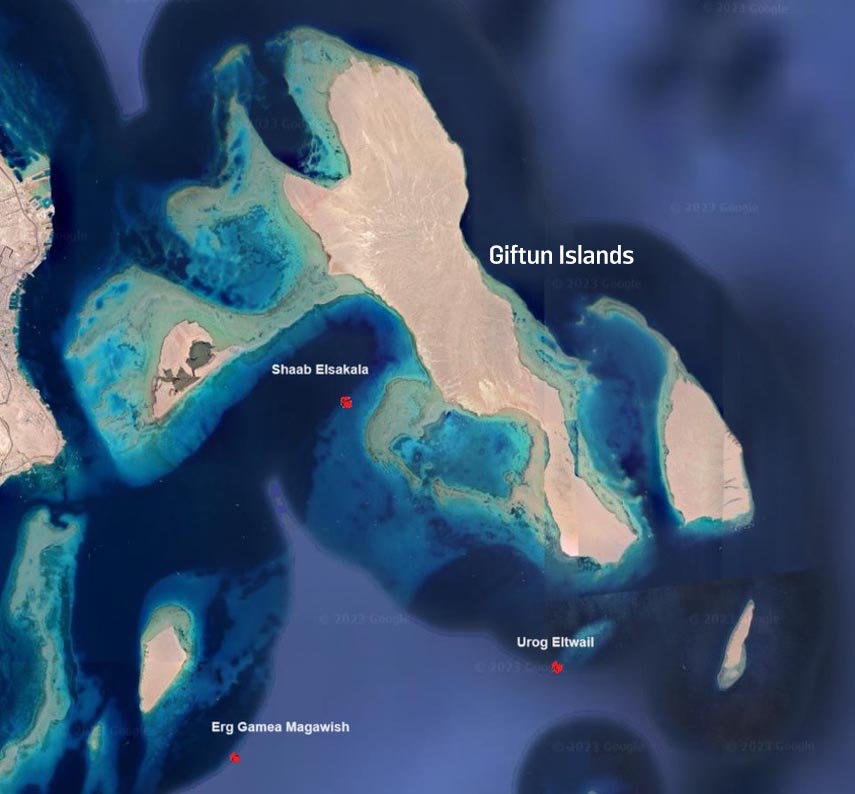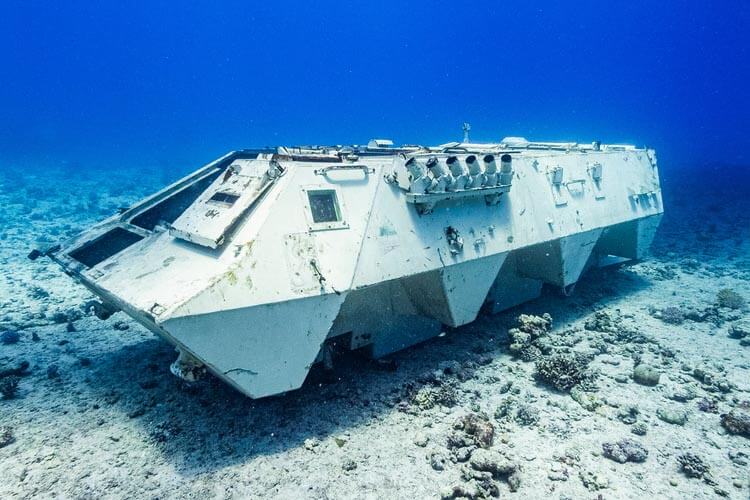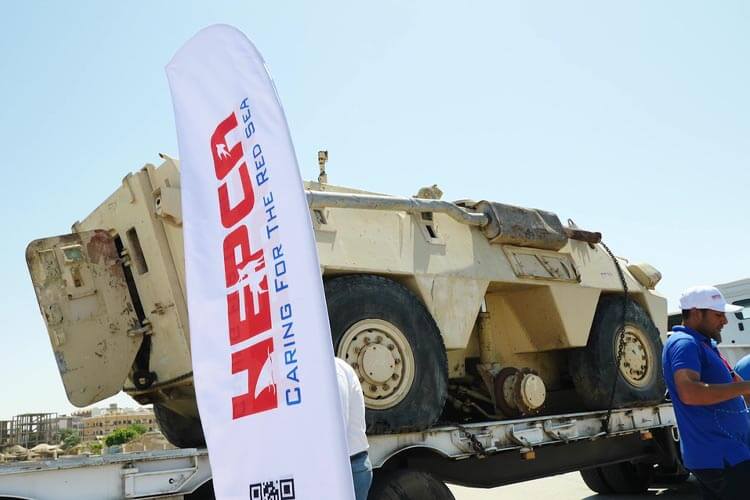
Three new dive sites have been established off Hurghada to relieve pressure on natural coral reefs following a surge in dive tourism
The Hurghada Environmental Protection and Conservation Association (HEPCA), together with Egypt’s Chamber of Diving and Watersports (CDWS), has announced that three new sites will be made available to scuba divers in Hurghada.
The new dive sites are situated a short distance from the popular reefs of the Giftun Islands, and will form an ‘Underwater Military Museum’, populated by old pieces of military hardware, including tanks and armoured personnel carriers.
The artificial reefs are being created in order to relieve the burden on Hurghada’s regular dive sites, some of which have seen a 1000 per cent increase in dives in recent years.
Related articles

The three sites have been named as Sha’ab El Sakala to the west of Big Giftun, Urog El Towail at its southern reaches, and Erg Gamea, near Magawish Island. All three are described as being shallow, between 11 – 15m deep, with sandy bottoms at Sha’ab El Sakala and Erg Gamea, and a rocky bottom Urog El Towail.
All three are said to have good visibility, like much of the surrounding area, and each is home to 5 pieces of military hardware sunk as artificial reefs.
In an official press release announcing that the decision had been made ‘under the auspices of the Ministry of Environment and the governorate of the Red Sea’, HEPCA says that the creation of the dive sites ‘comes after years of monitoring the state of coral reefs by the HEPCA team and Red Sea Protected Areas.
‘The goal of these dive sites is to increase the number of dive sites in Egypt, Protect the Great Fringing Reef of Egypt, create a unique underwater experience, and encourage sustainable tourism to protect and preserve Hurghada’s natural coral reefs.’

‘After years of monitoring the state of coral reefs by the HEPCA team and Red Sea Protected Areas,’ the statement continues, ‘we have found that the increase in development rates, followed by an unprecedented increase in the tourist flow, resulted in an increase in diving rates on the natural coral reefs.
‘In some sites, the rate of dives per year per site is more than 200,000, with [a] note that safe diving rates on the coral reefs of the Red Sea have been estimated at no more than 22,000 dives per site per year.
‘The artificial coral reefs will allow the implementation of a plan for managing diving sites based on their absorptive capacity in terms of the number of times of diving per site per year, and thus shifting the diving industry to the sustainability of this important activity for the Egyptian national income.

‘By creating alternative diving sites, the Underwater Military Museum aims to protect and preserve Hurghada’s natural coral reefs. We are committed to promoting responsible tourism practices and ensuring the long-term sustainability of this amazing ecosystem.
‘Such a project will be one of the great steps to preserve the Egyptian coral reefs, which have been classified as one of the last coral refuges in the world.’
- Featured Photographer: Aniek Stevense - 19 September 2025
- DV Tenacious team discovers ST Seiner steam trawler - 18 September 2025
- Oil is leaking from Chuuk Lagoon’s Rio de Janeiro Maru shipwreck - 16 September 2025


